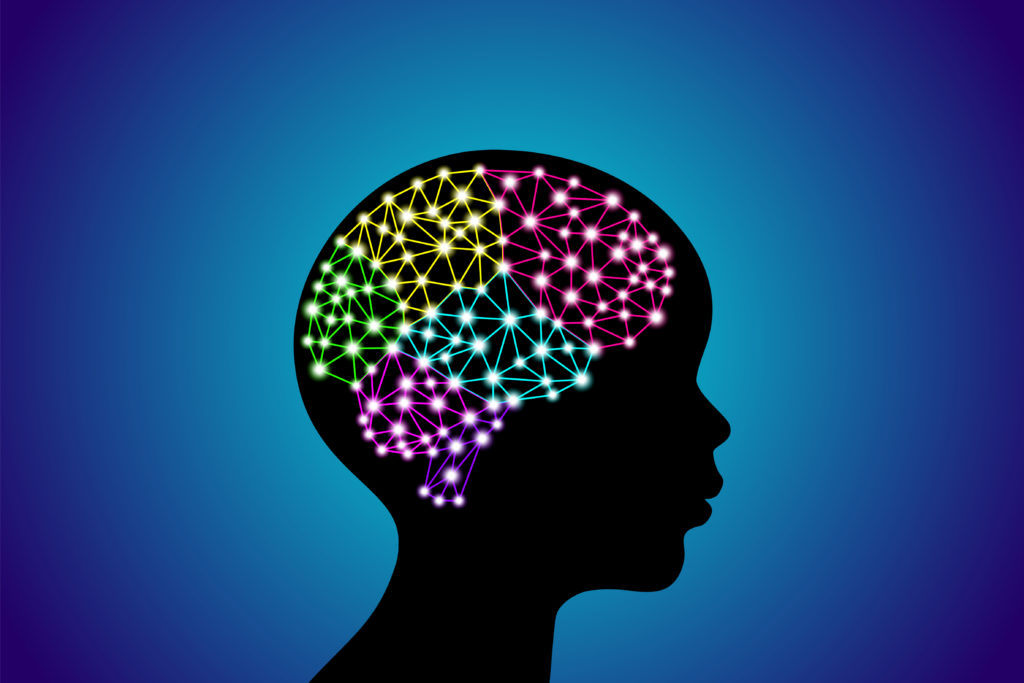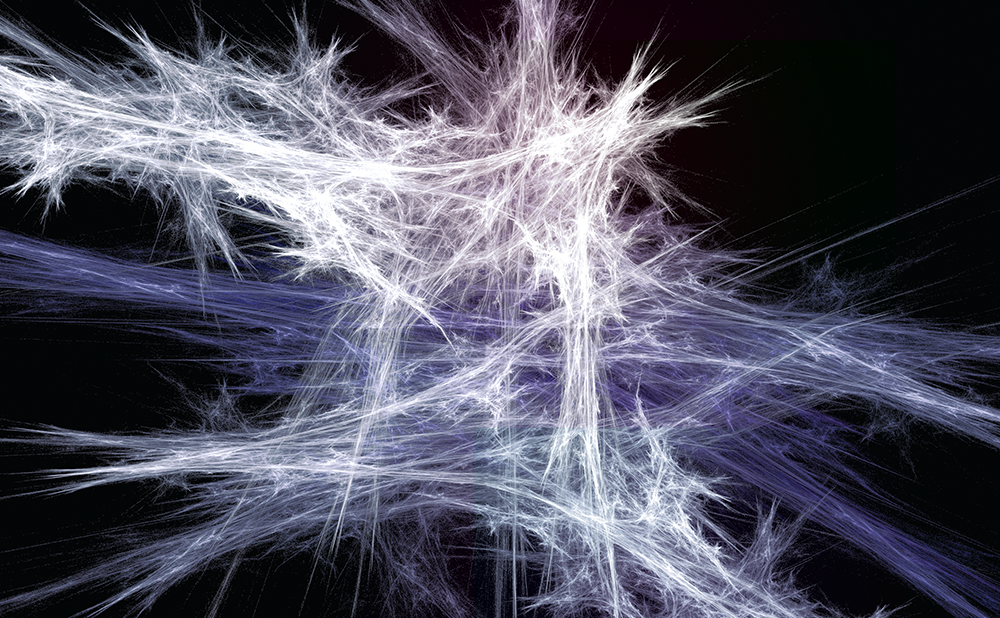It is no small task to choose from among the many accomplishments and advances in child neurology that epitomize the year’s achievements. Making choices means making inclusions and omissions others would not have made. Choices notwithstanding, the small sampling presented at the 2015 American Academy of Neurology meeting in Washington, DC, US, serves to reflect the breadth of endeavor, the geographic and programmatic diversity, and hope for the future of child neurology and the well-being of those who deal everyday with disorders of the developing nervous system.
Two studies from the US involving whole exome sequencing were presented.1,2 The first evaluated a cohort of patients referred by their primary care physicians in hope of obtaining a molecular explanation for their symptoms.1 Of this heterogeneous group, 88 % were referred for problems involving the nervous system. In 26 % of these nervous system symptomatic patients, a relevant molecular diagnosis was made. Interestingly, in 4 % of the whole cohort, an actionable diagnosis was made that was unrelated to the reasons for referral. The second evaluated a cohort of patients referred to the pediatric neurogenetics clinic by their neurologist after extensive work-up failed to identify an etiology for their symptoms and signs.2 In 41 % of this highly selected cohort, a relevant, actionable molecular diagnosis was made. The actions undertaken included genetic counseling, prognostication, and long-term surveillance measures, in addition to therapeutic intervention for some. Together, these two studies demonstrate the dependence of the value and effect size of whole exome sequencing upon the selection criteria for the patients in whom it is used. In addition, they underscore the fact that, for patients and families, “effectiveness” does not always mean cure or even treatment. Information can be empowering to those who feel otherwise helpless.
Two studies from the US and Italy, respectively, examined the communitybased application of behavioral therapies to children with autism.3,4 Most prior studies examined these interventions performed in academic settings by professionals. Like those for academic therapists, predictors of outcomes of therapy performed by parents and teachers in the community included early initiation of therapy, and higher patient IQ and social engagement prior to initiation of therapy. However, unlike the case for academic therapists, the presence of sensorimotor rituals did not predict better outcomes for therapy performed by community-based, lay therapists. Not surprisingly, parents and teachers were better than academic therapists at individualizing interventions to the specific patient and tended not to rigidly adhere to protocol, a strategy that enhanced outcomes in these studies.
This year, a multinational outbreak of enterovirus D-68-associated acute flaccid paralysis, predominantly in young children, spurred investigation. A commentary from Tyler of the US noted that two independent highthroughput screening efforts identified fluoxetine as having anti-enteroviral activity.5 Although, anecdotally, some have speculated that fluoxetine is unlikely to be efficacious in this regard because the concentrations required for anti-viral activity are above serum levels achievable clinically, this commentary points out that fluoxetine is concentrated in the central nervous system and may, therefore, be efficacious in enterovirus-associated acute flaccid paralysis. This hypothesis awaits clinical study.
Three studies, from Israel, the US, and China, respectively, demonstrated the association of benign rolandic epilepsy with a higher incidence of attention deficit hyperactivity disorder and language-related learning disorders.6–8 This is borne out by connectivity network mapping and may, in part, be related to disrupted and disordered sleep seen in children with this condition. Despite the use of newer technologies in these studies, it is still not clear whether anticonvulsant drug use to suppress nocturnal seizures in these children helps, hurts, or does not alter the cognitive and behavioral consequences of benign rolandic epilepsy.
A prospective study of 1,267 infants from Finland examined the association between infantile colic and the subsequent development of migraine.9 Thirteen percent of this cohort developed colic by 3 months of age; 16 % developed migraine by adolescence. Migraine developed in 23 % of those who had had infantile colic and 11 % of those who had not. Colic confered an approximately threefold higher risk for migraine without aura, but no increased risk for migraine with aura. This study highlights the arbitrariness of the line we draw between child and adult neurology and the need for healthcare providers to obtain personal and family history information across the entire lifespan when evaluating patients of any age.
Finally, a multinational study led by an investigator from Uganda evaluated the effect of symptomatic interventions on quality of life and outcome in the cryptogenic childhood epileptic encephalopathy, nodding syndrome.10 Nodding syndrome affects thousands of children in Africa and is characterized by progressive atonic, myoclonic, and tonic–clonic seizures, behavioral change, cognitive and motor decline, and malnutrition. This study demonstrated substantive improvements in quality of life and ultimate outcome with aggressive treatment including sodium valproate for seizures; vigorous nutritional intervention; mental health services for affected children and their families; and physical, occupational, and speech therapy. This study illustrates the principle that, while we must continue to support and perform research towards the eventual cure and prevention of diseases like nodding syndrome, there is much we can and must do for those children and families living with neurodevelopmental disease right now.











